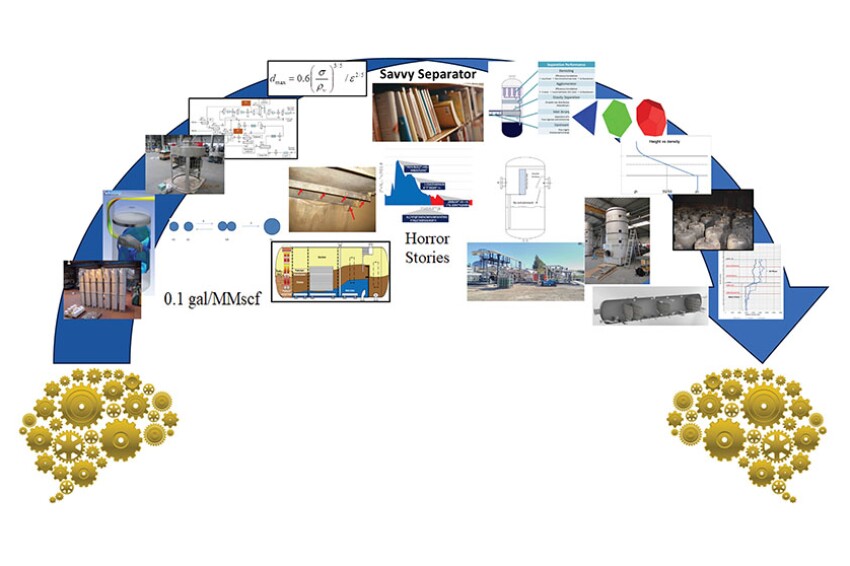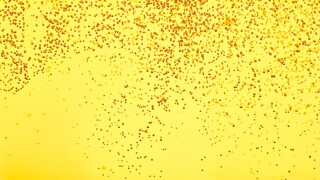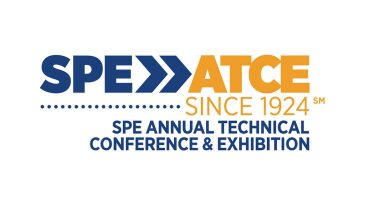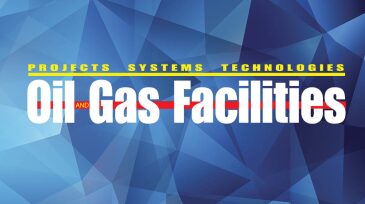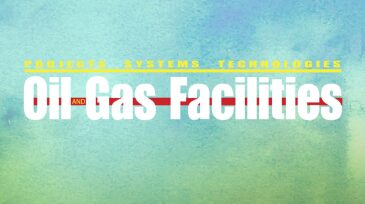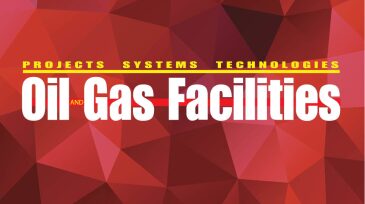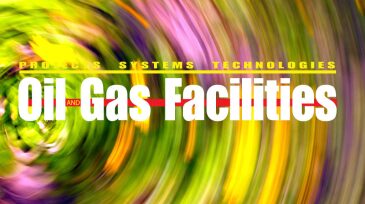Separation/treating
In this final installment of the Savvy Separator Series (No. 23), the authors present a curated collection of recommended references, articles, and other key resources—a comprehensive guide worth reading, bookmarking, and keeping in your library.
With the right internal modifications, traditional degassers can be enhanced with gas flotation for improved oily water separation. This article outlines key design considerations—including inlet and settling zones, skimming, and solids handling. Two case studies highlight lessons learned in troubleshooting and revamping degasser designs.
This article is the second of a two-part series on produced-water management in the Gulf of Mexico and covers four themes: equipment, process configuration, operations, and effluent quality.
-
"Gas Scrubber Design and Validation for Robust Separation Duty" is the title of a special session planned by the Separations Technology Technical Section.
-
Some internals components affect a separator's gas- and liquid-handling capability because of their effects on the liquid level. In this article, the interdependency of cyclonic inlets, cyclonic mist eliminators, and liquid level is highlighted.
-
The SPE Separation Technology Technical Section (STTS) is presenting a webinar titled “Advances in High Capacity Internals and Performance Boosting With Inline Pre-separation”
-
This paper presents data from both pilot tests and field tests of a recent burner retrofit of a horizontal heater treater at an oil sands field in northern Canada.
-
The SPE Gulf Coast Section’s Projects, Facilities, and Construction study group presented sessions during its spring lecture series on experts’ discussions of the processes involved in metering measurements.
-
Jimmie Riesenberg, senior process adviser and separations lead at Chevron, discussed the finer points of a scrubber design in a presentation held by SPE Separations Technology Technical Section.
-
The SPE Separations Technology Technical Section (STTS) continues its study of gas scrubbing technology with a special session at the 2015 SPE Annual Technical Conference and Exhibition on 28–30 September in Houston.
-
The SPE Separations Technology Technical Section (STTS) will hold a three-webinar series on the theme of gas scrubbing technology this year with the first to be held on 3 March.
-
The SPE Separations Technology Technical Section (STTS) hosted a special session titled “Unlocking Hidden Production Potential in Existing and Mature Fields” during the recent ATCE.
-
Demand for a better way to remove carbon dioxide (CO2) from natural gas led to the creation of a new material at Rice University in Houston that does something unprecedented on the molecular scale, and might even change gas processing.

